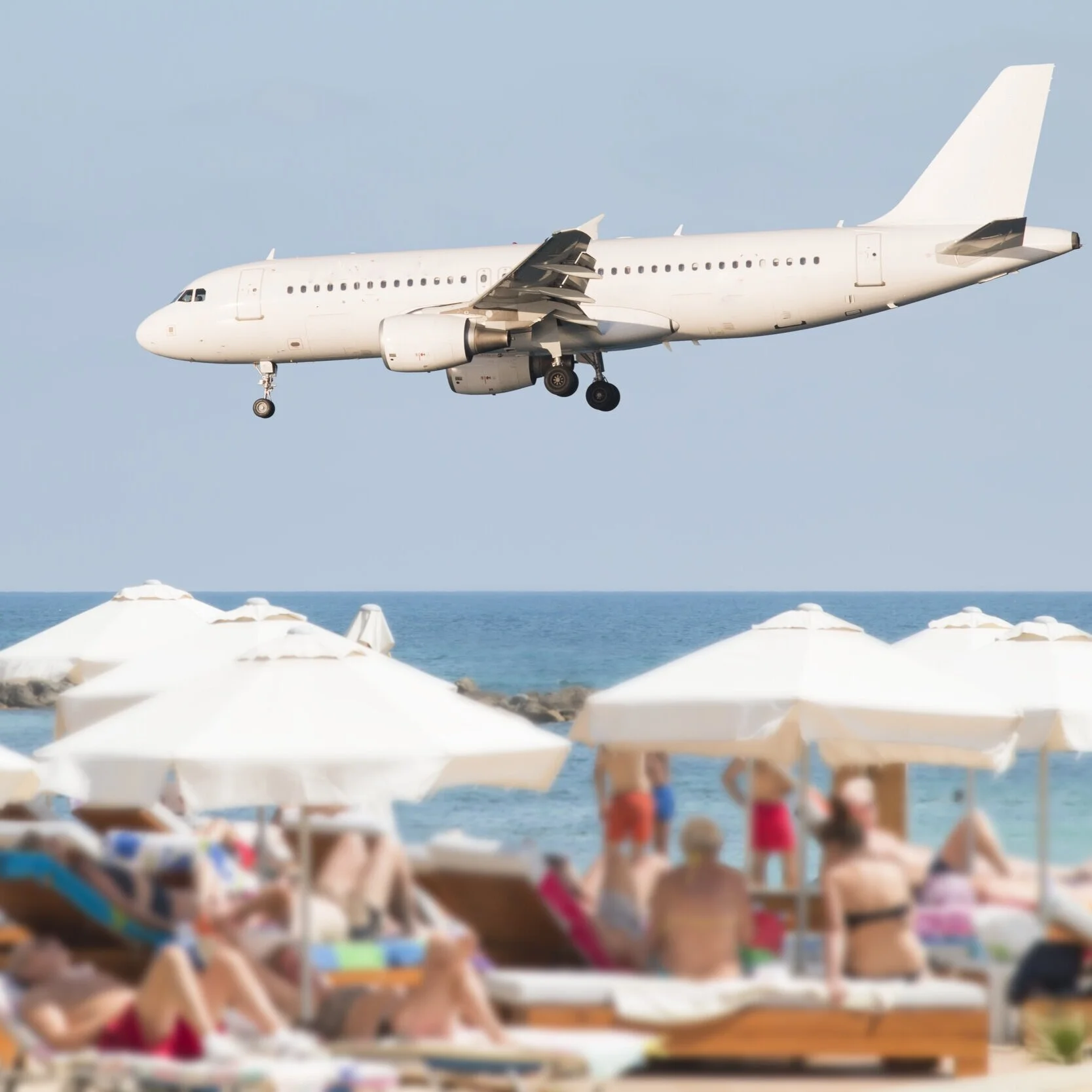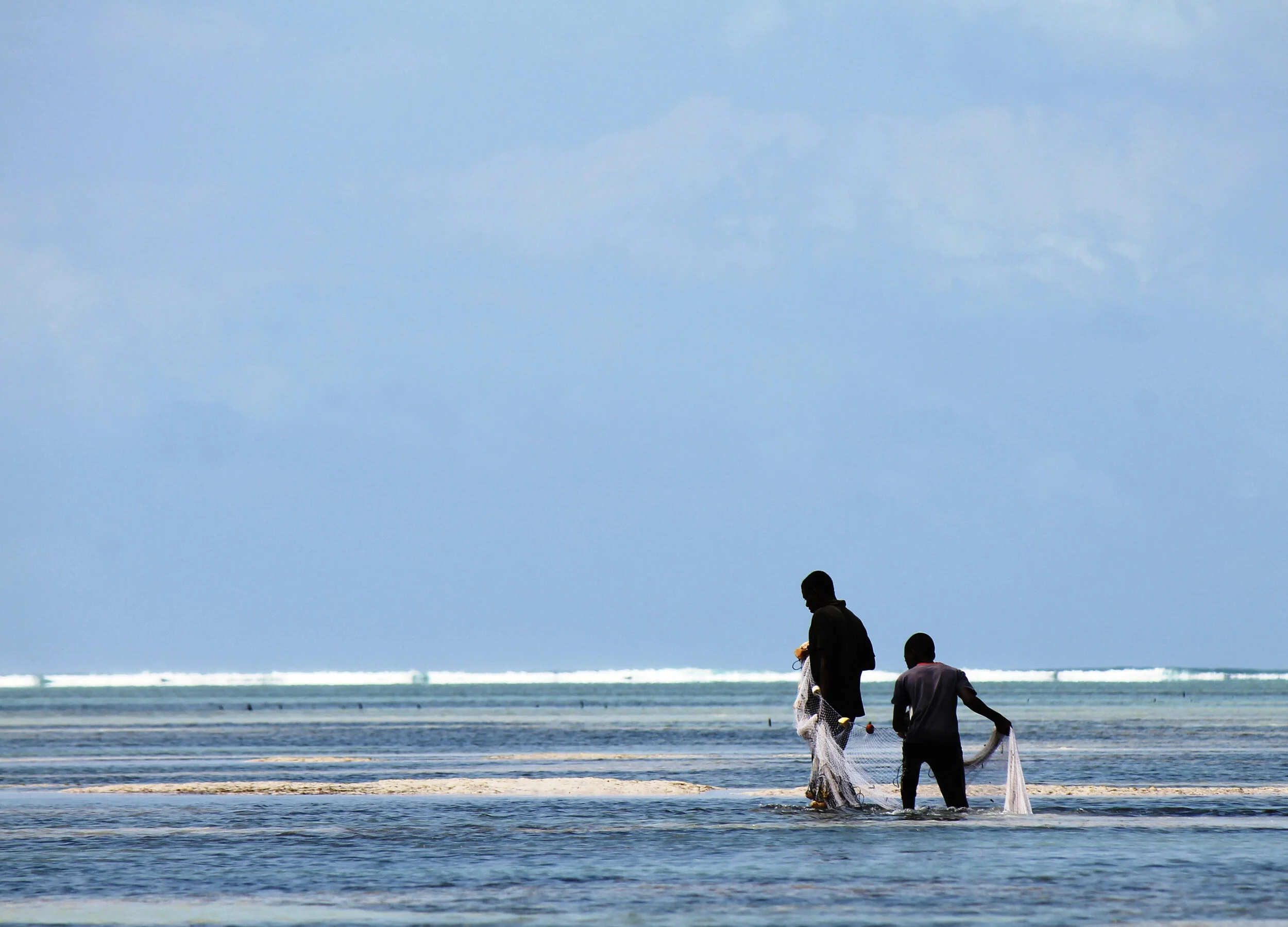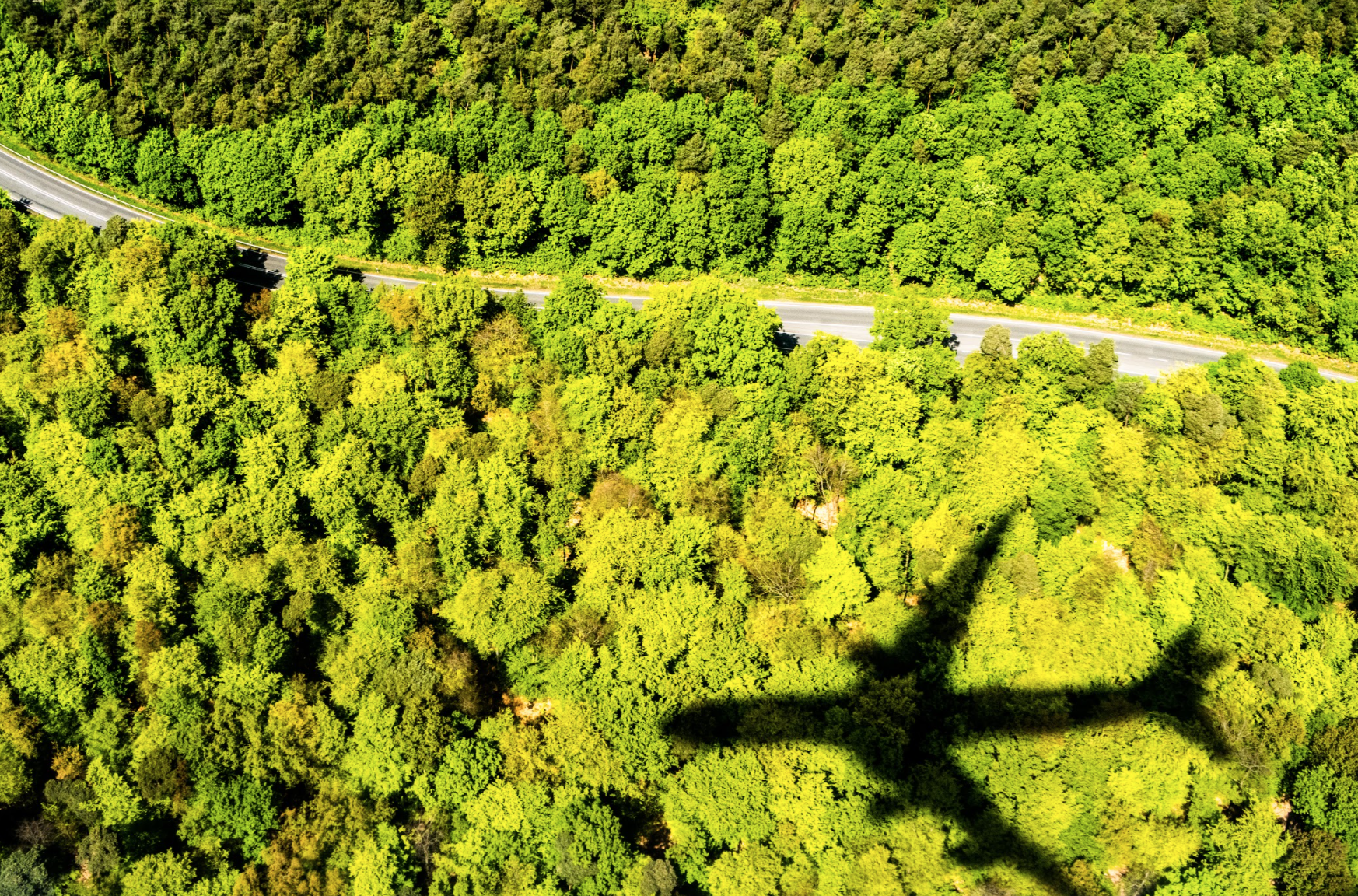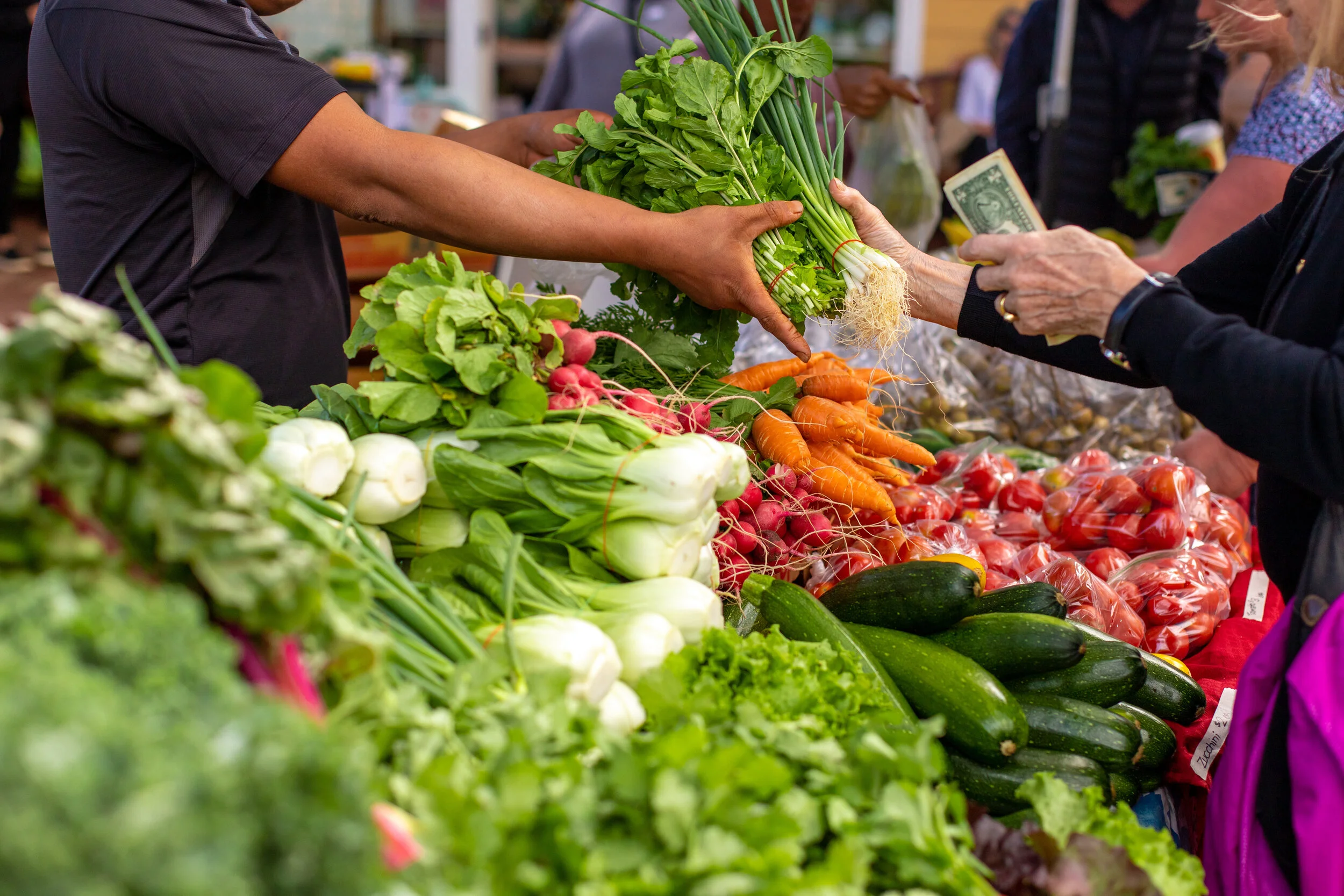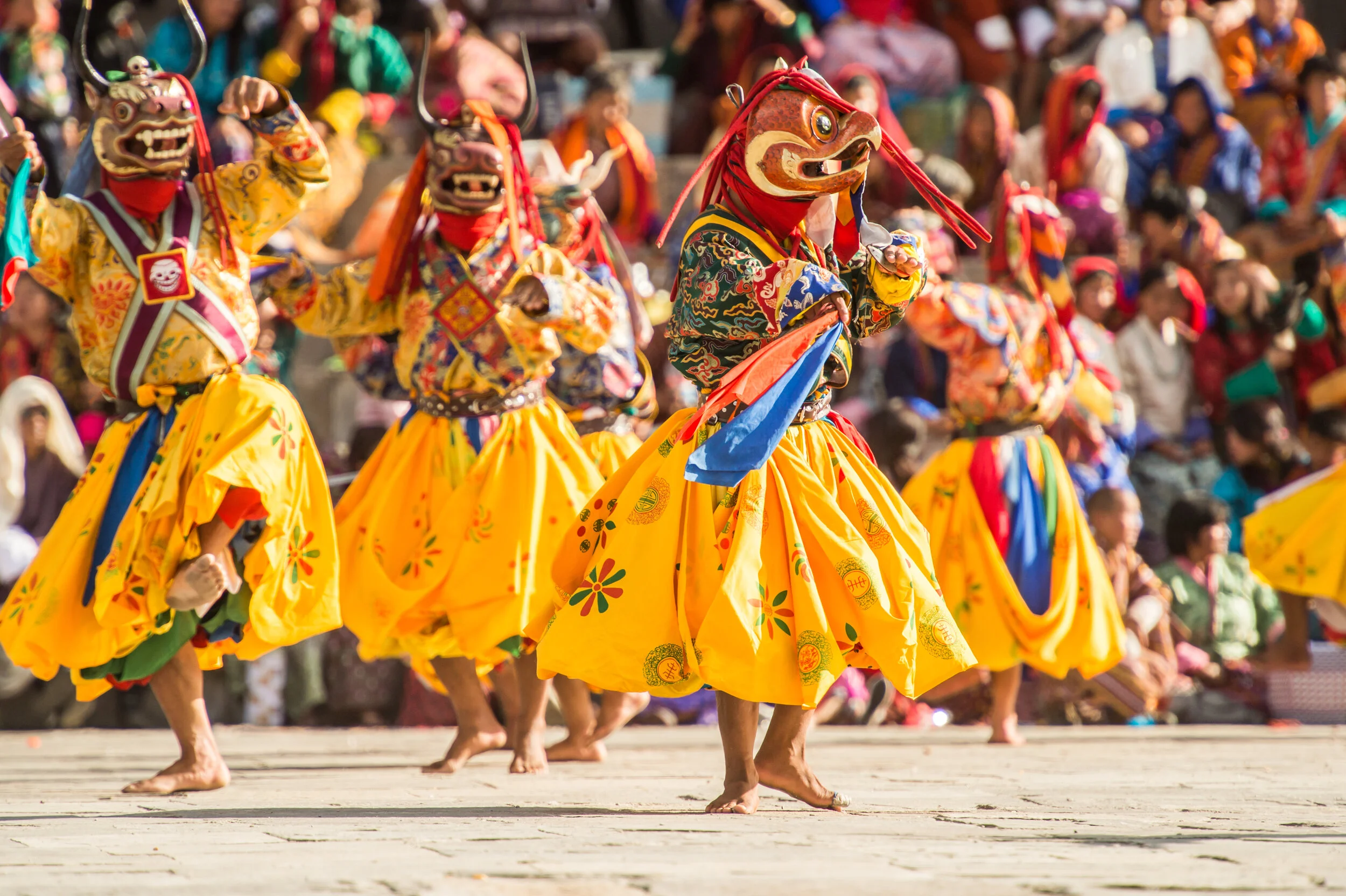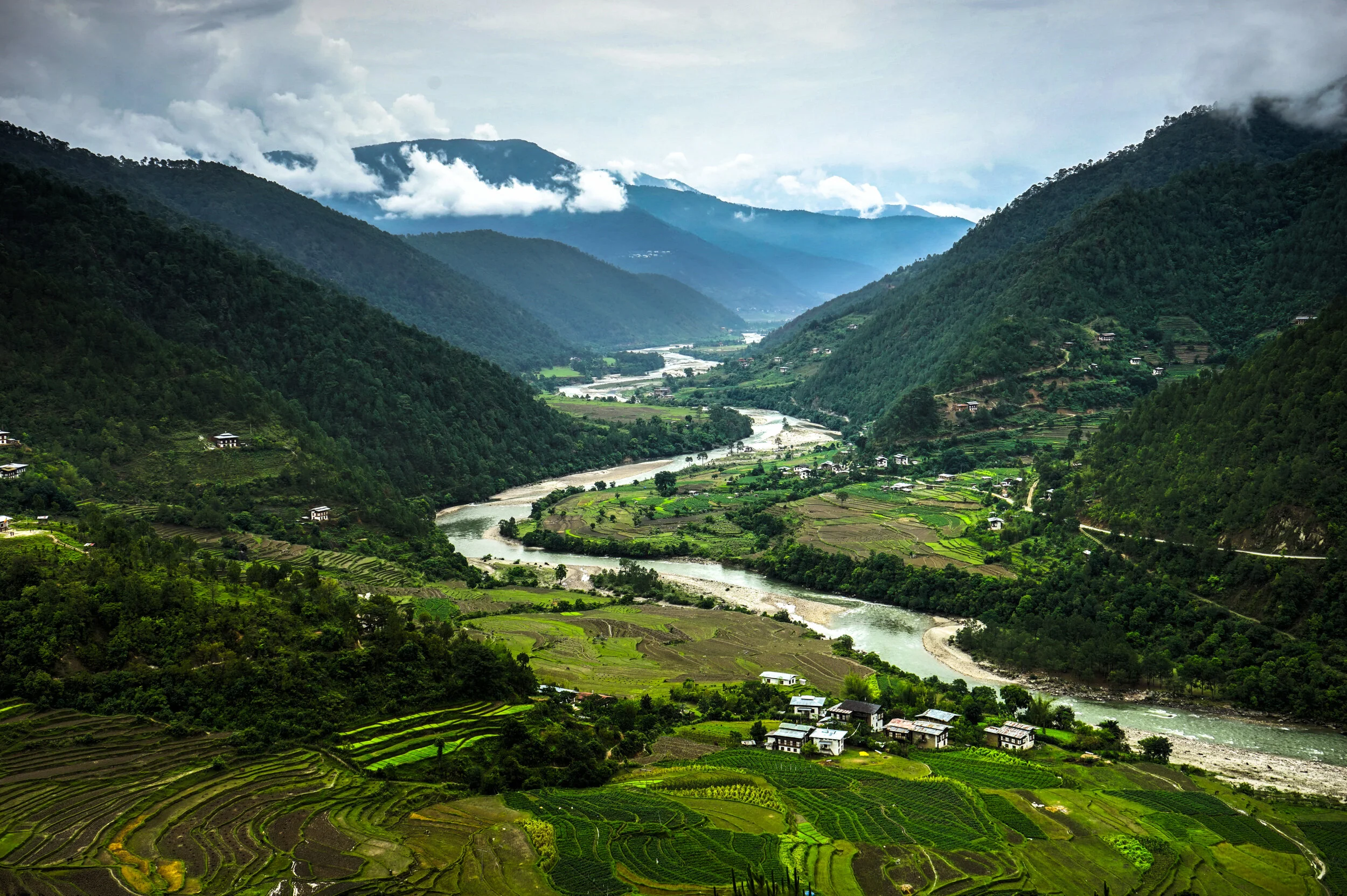Explained: Sustainable Tourism
Written by Jess Tyrrell
The notion of sustainable travel has received significant attention amidst the COVID-19 pandemic, and it's about time! The involuntary pause on global travel granted tourists, the travel industry, and governments alike the rare opportunity to reflect on the way that we travel, paving the way for a responsible and 'green' comeback. Why a 'green' comeback, you ask? Well in recent years, tourism has been overshadowed by her evil triplet sister, overtourism. Devastatingly, overtourism has severely damaged local environments and communities.
Enter sustainable tourism, respecting local people, the traveller, cultural heritage, and the environment (she’s our favourite!). So how can travel be sustainable? Read on to find out.
What is Sustainable Tourism?
According to the United Nations World Tourism Organization (UNWTO), sustainable tourism is tourism that fully considers its current and future economic, social, and environmental impacts, addressing the needs of visitors, the industry, the environment, and host communities.
In other words, sustainable tourism is a conscious way of travelling, making little or no negative impact on destinations. Sustainable and regenerative tourism include and extend beyond the traveller, and place responsibility on the hospitality industry and governments to practice non-harmful, beneficial tourism by:
Respecting and promoting the heritage and traditions of local communities
Committing to preserving the authenticity of a destination
Increasing the number and quality of local jobs
Including residents in deciding the role of tourism in their communities
Measuring success not only in economic terms but also by the wellbeing of the country
Why is Sustainable tourism necessary?
Pre-COVID, around 1.4 billion people were travelling a year - that's 18% of the global population! Though greatly contributing to local economies and development (making up 10% of the global GDP), global tourism also accounts for roughly 8% of global greenhouse gas emissions, making tourism a serious contributor to the climate emergency. Additionally, tourists demand resources (like water, food, infrastructure, and electricity) from the host destination. This enormous pressure on host governments and industry leads to rampant pollution (14% of all solid waste is produced each year solely by tourists), the erosion of cultural landscapes, ecological degradation, and social inequality.
These are all symptoms of a damaging phenomenon: Overtourism. Overtourism is quite simply when there are just too many people in one area, due to unrestricted travel. Unfortunate victims include Thailand, Bali, Spain, and Italy, where streets are jam-packed, wildlife has been destroyed, beaches are litter-strewn, historical sites are damaged, and locals have been displaced.
How can I travel sustainably?
By practising responsible tourism, we can make travel sustainable, and here’s how: (for 5 short and sharp tips, refer to our Top 5 Sustainable Travel Hacks)
Think quality over quantity - choose to travel less often, for longer.
Travelling closer to home is better but if you want to travel further, make sure to choose a destination that prioritises sustainability and is not over-visited.
Choose a destination that needs your support - tourism to developing countries reduces poverty, restores economies and acts as an incentive to conserve local nature.
Flying leaves a considerable carbon footprint but there are ways to minimise your impact:
Fly directly, avoiding connecting flights.
Choose a more sustainable airline (some use biofuels).
Most importantly, fly less.
Offset your flight emissions or choose an airline that does this for you
Book sustainability-conscious, eco-verified accommodations (we do this for you!)
Check out what your hosts are doing to give back and to minimise their impacts, such as using renewable energy and giving communities employment and ownership (make sure they are not greenwashing!).
Use a sustainable booking platform that has done the homework for you, better yet one that offsets your carbon footprint (Viatu being one of them).
Support local economies by doing low-impact guided activities offered by local people.
Buy local, seasonal food that has not been imported.
Purchase souvenirs directly from locals.
Reduce your plastic waste by not accepting plastic bags, single-use bottles, cups and utensils or wrapping.
Be mindful of how much water and energy you are using! Take shorter showers, switch off unnecessary lights and unplug cables you aren’t using.
Volunteer with local organisations and immerse yourself in local experiences.
Check out the Tourism for Sustainable Development Goals (T4SDGs) suggestions on how to engage in the SDGs as a tourist. You can use the calculator below to determine your carbon footprint.
Who is getting Sustainable tourism right?
A country worth mentioning as a sustainable travel thought-leader is the Kingdom of Bhutan in the Eastern Himalayas. Development is measured in terms of Gross National Happiness (GNH) and tourism is an important contributor. Tourism to this carbon-negative (yes, carbon-negative!) nation is strictly controlled and emphasis is placed on high-value and low-volume. All visitors require a visa and have to pay a daily fee of $200 - 250, which includes your stay at a predetermined hotel, your light-impact activities and ethical meals. This money is funnelled right back into nature conservation and social upliftment. Neat, right?
A country closer to home for Viatu is magnificent Namibia. Namibia was the first-ever African country to include environmental protection in its constitution, and it only receives 1.5 million tourists a year (vs. 36 million in Thailand). About 40% of Namibia’s terrestrial land surface is under either formal or community protection, contributing to the continued success in conserving many charismatic African species, ecological landscapes, and the local heritage.
Many responsible safari operators in Namibia are paving the way for regenerative tourism, such as Gondwana and Wilderness Safaris (both of which are Viatu partners). Both of these accommodation groups significantly invest in local communities and the local environment. Driven by responsible travel policies, these groups build with light footprints, run camps on solar energy, are plastic-free, implement various water conservation measures, give local communities ownership, and support youth education.
What is Viatu doing?
We are taking conscious and actionable steps within our 4 most direct spheres of influence to maximise our positive impact:
Our destinations — we assess tourism destinations using the GSTC framework to identify those we advocate travel to
Our partners — we have partnered with sustainability-conscious accommodation and activity providers in under-explored destinations that share and prioritise our core values - people, wildlife, and the environment
Our travellers — we educate our travellers on, and manage, their impact; this includes guiding responsible behaviour and offsetting carbon emissions
Our internal operations — we hold ourselves accountable to international best business practices
Read our full strategy here.
At Viatu, we promote greener and smarter travel into wilder (less crowded) destinations. Overtourism is our nemesis. Instead, we focus on sustainable tourism, so that the positive impacts of travel can be felt for generations to come. COVID-19 has brought a moment of much-needed reflection to the tourism industry, and reflection is exactly where regeneration begins.
So is the term ‘sustainable travel’ an oxymoron? For us, the answer is no. Book your sustainable trip on our website to see why!



